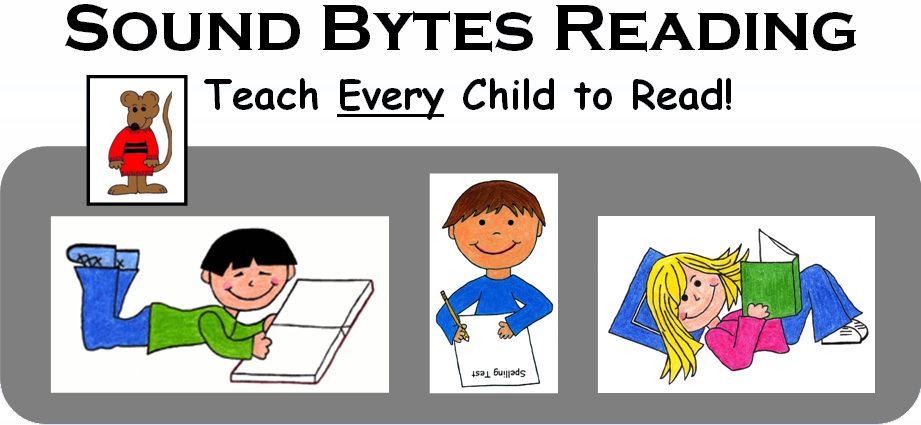Phonemic Awareness—How Do I Teach It?
The sounds (or phonemes) in words can be manipulated to change the words. Manipulating the sounds in words helps students learn to read and it helps them learn to spell words.
There are several types of phonemic awareness activities you can do. For beginning readers:
- Isolating Sounds (phonemes)
Example: Identify the first sound in these words: bath, bug, book. Answer: /b/.
Example: Identify the last sound you hear in these words: mad, bed, ride. Answer: /d/.
Example: Tell me the sound you hear in the middle of the word ‘hat.’ Answer: /a/.
Note—it will be easier for beginning readers to identify the beginning sound than to identify the ending sound, and still more difficult to identify the middle sound in a 3-letter word. Start with identifying the beginning sounds in words if your child is ready to learn to read.
- Blending Sounds (phonemes)
Example: What word do these sounds make? /r/ - /e/ - /d/ Answer: red.
The following are more difficult types of phonemic awareness and should not be used with beginning readers. It can be fun to try out these more difficult exercises as your students become better readers.
- Segmenting Sounds (phonemes)—taking sounds in words apart. This is how we learn to spell!
Example: How many sounds you can hear in the word ‘me’ (Two sounds: /m/ and /ee/).
- Adding Sounds (phonemes)
Example: Add the sound /s/ to the beginning of the word ‘pot’ and it becomes the word ‘spot.’
- Subtracting Sounds (phonemes)
Example: Take the first sound off of the word ‘snip’ and it makes the word ‘nip.’
- Substituting Sounds (phonemes)
Example: Change the word. Start with the word ‘cat.’ Change /c/ to /r/. What word does it make? It makes ‘rat.’ Change /r/ to /s/. What word does it make? It makes ‘sat.’
Next time, we will provide you with some simple phonemic awareness exercises to try with your students. Have fun playing with the sounds in words!
